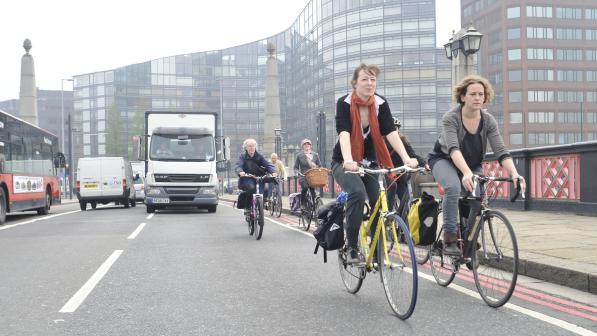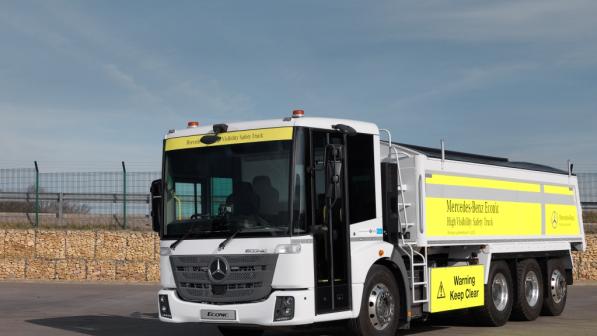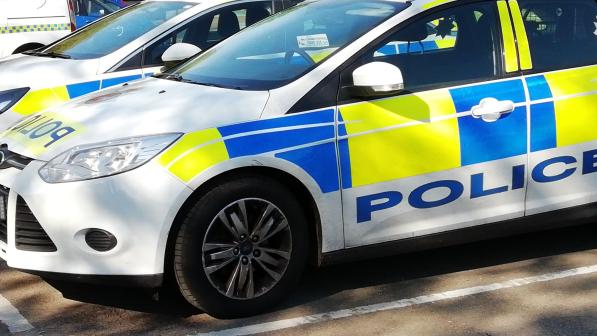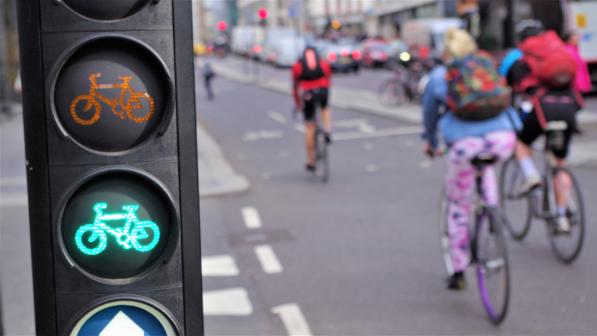Why do we need a body dedicated to investigating road collisions?

The remit of existing rail, air and shipping investigation branches
The Parliamentary Advisory Council on Transport Safety (PACTS) and others have called for a road collision investigatory body with a similar remit to the accident investigation branches’ for rail (RAIB), air (AAIB) and shipping (MAIB).
Like them, its role would emphatically not be to seek to apportion blame or legal liability. Rather, it would simply identify the causes of collisions (both of individual collisions, and looking for common causes of multiple collisions), and to make recommendations on how these might be avoided or lessened in severity in future.
These bodies all have the following key characteristics:
- They are independent of any organisation responsible either for delivering services or for regulation or enforcement of safety rules;
- They are staffed by experts;
- They have statutory powers setting out what types of incidents must be notified to them, and enabling them to require the provision or seizure of evidence;
- Their investigations are carried out on a ‘no blame’ basis;
- Their investigation findings are made public.
How are road collisions currently investigated?
In contrast, road collisions are currently investigated by:
- The police, whose investigations are primarily to determine whether anyone should be prosecuted, rather than to help learn lessons and avoid collisions in future;
- Local authorities, who have a duty (under section 39 of the Road Traffic Act 1988) to “carry out studies into accidents arising out of the use of vehicles” on roads for which it is responsible. Also, in the light of those studies, they must “… take such measures as appear to the authority to be appropriate to prevent such accidents.”
Such investigations, however, are not ‘independent’, hence it is possible that officials may be blind to their own organisations’ failings, thereby missing the chance for others to learn lessons. What’s more, there is no systemic process for sharing their learning with other local authorities; - Coroners’ courts, whose investigations are independent and conducted on a no-blame basis (i.e. they are not there to find fault). Coroners, though, are not themselves road collision experts, and in any case their investigations only cover fatal collisions.
- The Department for Transport’s own RAIDS (Road Accident In Depth Studies) process. This consists of ‘no-blame’ investigations carried out by independent experts, but it only covers a few areas of the country.
Also, its findings are not generally made public (albeit for understandable reasons relating to confidentiality: the participants in road collisions are much more likely to be members of the public rather than professionals, and there is a much greater chance that a criminal investigation will in ensue. (The RAIDS programme is led by TRL).
Hence road collisions - particularly non-fatal collisions - are not investigated as thoroughly, independently or transparently as those involving rail, aviation or shipping.
The difference RAIB has made for rail safety
The set-up of a RAIB was recommended by the Cullen Review, following a spate of rail fatalities in the 1980s and 1990s culminating in the Ladbroke Grove crash in 1999. The necessary legislation was passed in 2003; a European Directive gave it further impetus in 2004; and it began work in 2005. [1]
In the four years before RAIB (2001/2 to 2004/5), there were 18 rail movement fatalities, with another two in 2006/7.
Since then, there has only been one rail movement fatality; and, since the Cullen Review’s recommendations were made, a dramatic and steady fall in the annual number of ‘potentially high-risk train accidents’ (PHRTAs) - from 69 in 2001/2 to 22 in 2016/17.
How do trends in road safety compare to rail?
By contrast, the long-term downward trend in road casualty numbers has plateaued, and even seems to have started rising for serious injuries, particularly for cyclists and motorcyclists.
It is no surprise, then, that the road safety profession is calling for renewed impetus to reduce road collisions, with an independent investigatory body charged with ensuring systematic learning, and driving continuous improvement in safety.
After all, this approach has been demonstrably effective for reducing serious incidents and fatalities on the rail network.
Cycling UK’s recommendation
We therefore propose expanding RAIDS into a fully-fledged road collision investigation body.
We acknowledge that such a body would be a good deal more costly than its rail, aviation and maritime equivalents given the far greater number of casualties that might merit investigation.
But it would build on resource commitments already being made to the RAIDS process, and the additional cost should be weighed up against the human and societal costs of the injuries that could be prevented and lives that could be saved - not to mention the disruption averted due to serious incidents on our roads.
We accept that it will often not be possible to publish road collision investigations in the same way as with rail, aviation and maritime investigations, at least not until any criminal proceedings have run their course.
Yet the learning process would doubtless still prove valuable to inform the practices and priorities of the road safety profession.
[1] See also RAIB slide show.











